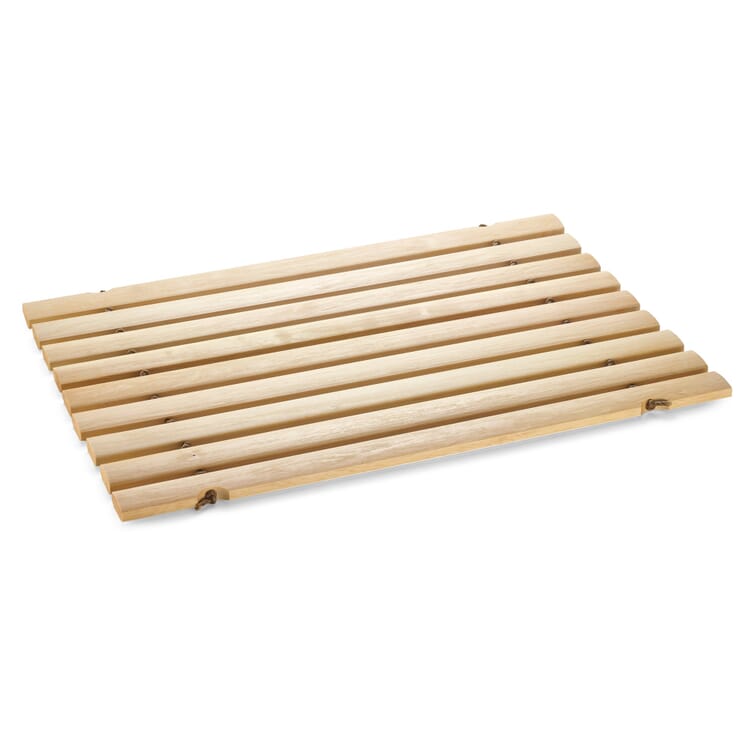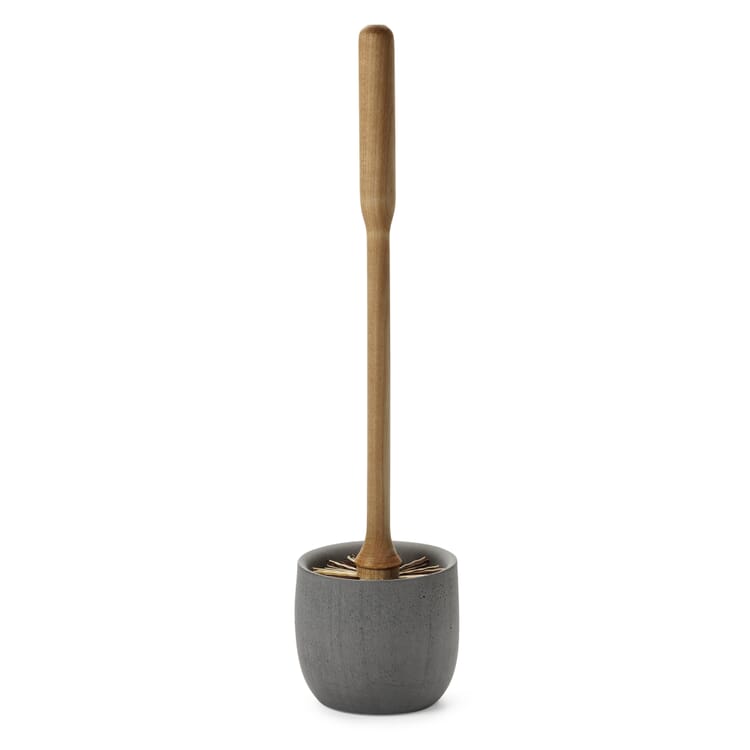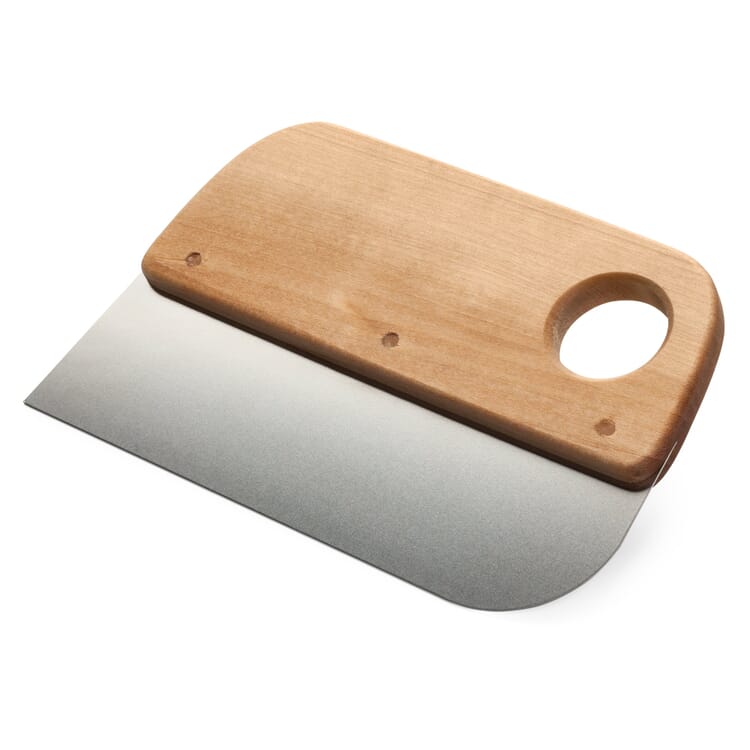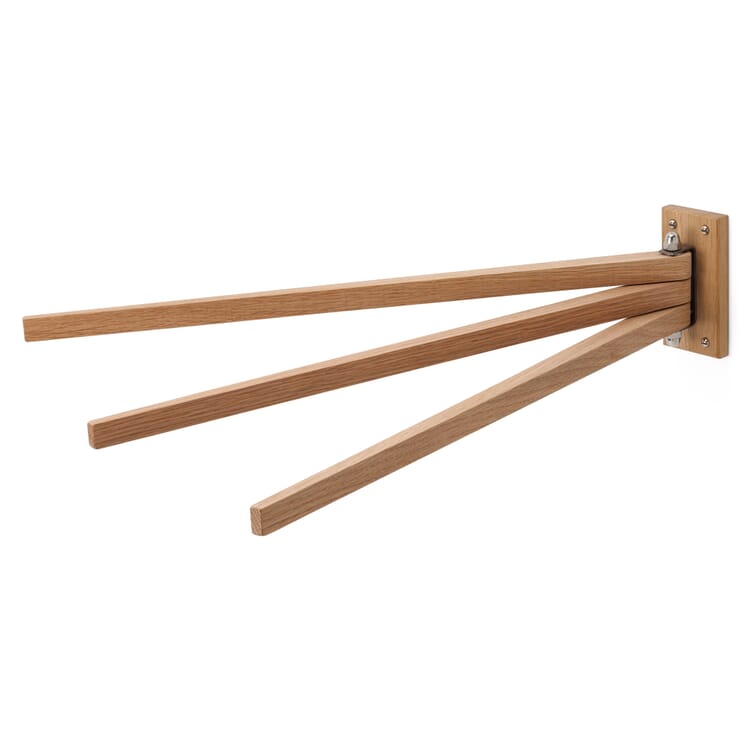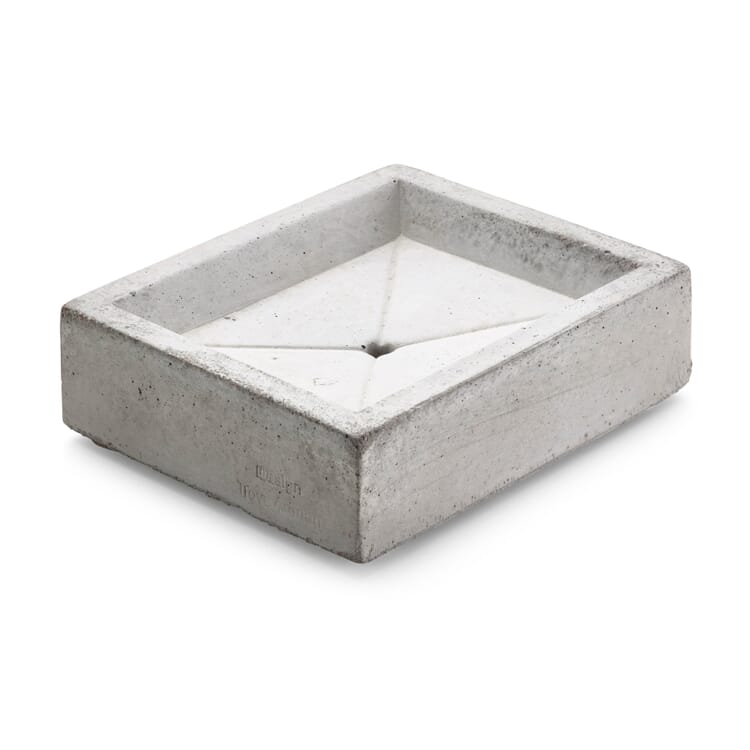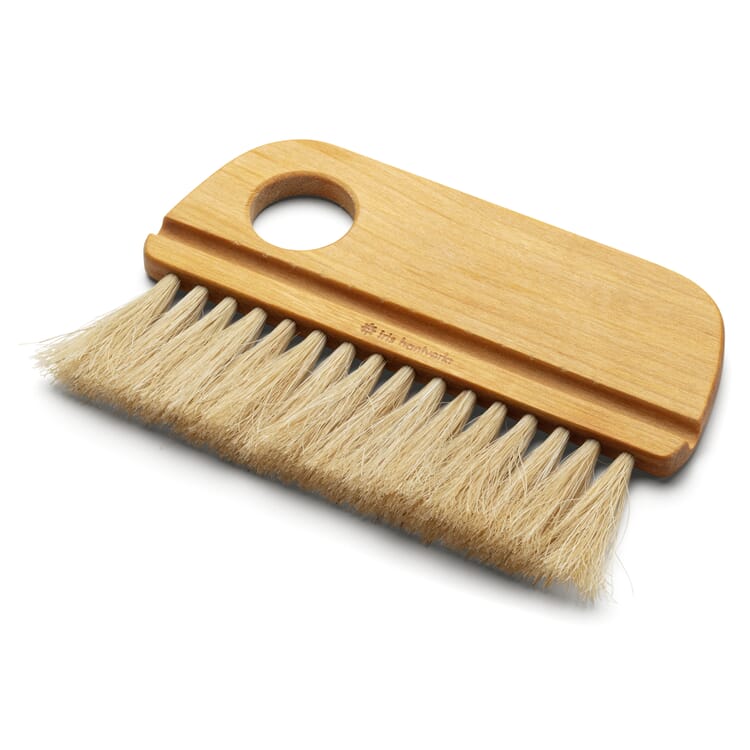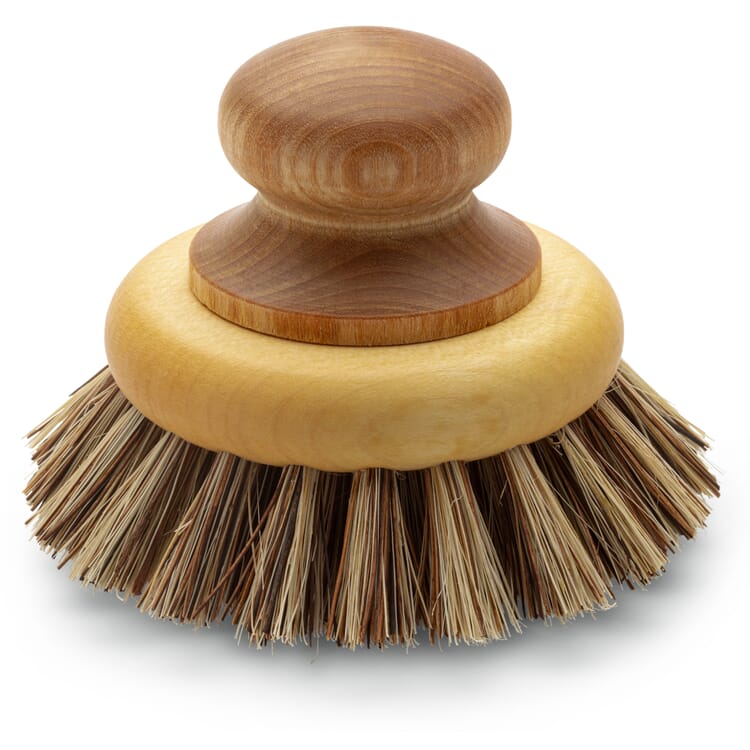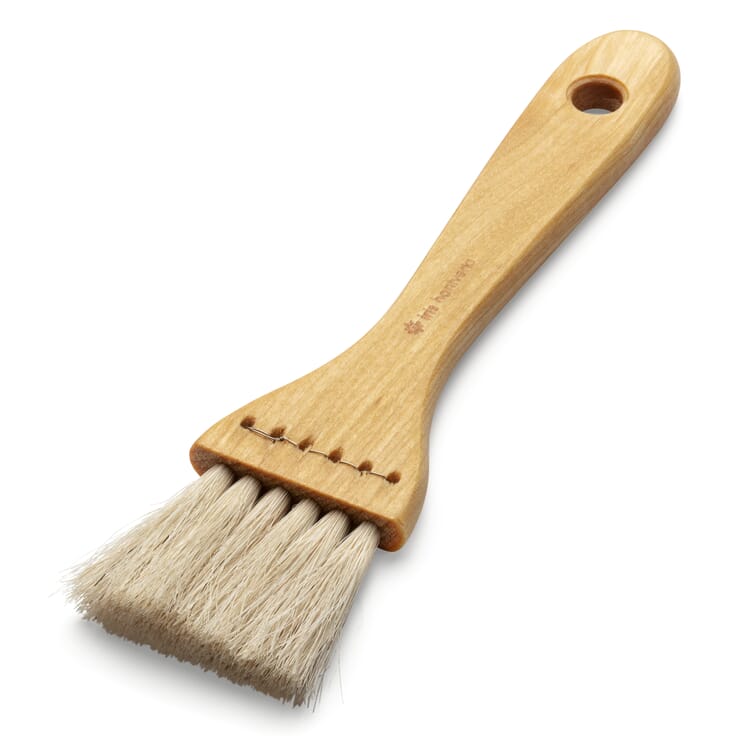Manufacturer
Brushes by Iris Hantverk. A tangible difference
Brush making is traditionally a branch of work in which the blind and people with visual impairments can be trained. This is also how Iris Hantverk came into being at the beginning of the 20th century as a company founded by the Swedish Association for the Blind, and it lives on in this tradition to this day: craftsmen with visual impairments in Sweden and Estonia still assemble the brushes entirely by hand. The techniques are also the same as back then: with the help of a small hook attached to the finger, a stainless steel wire is fed through holes in the wooden brush base and formed into loops. The bristles, which are gathered into small bundles, are inserted into the loops and tightened with the help of the wire before they are finally all cut to the right length together using a cutting machine - guided by the sense of touch and with a great deal of feeling. The work process can be traced on the finished product: The course of the wire on the back of many brushes is visible and tangible evidence of the craftsmanship even after completion.

